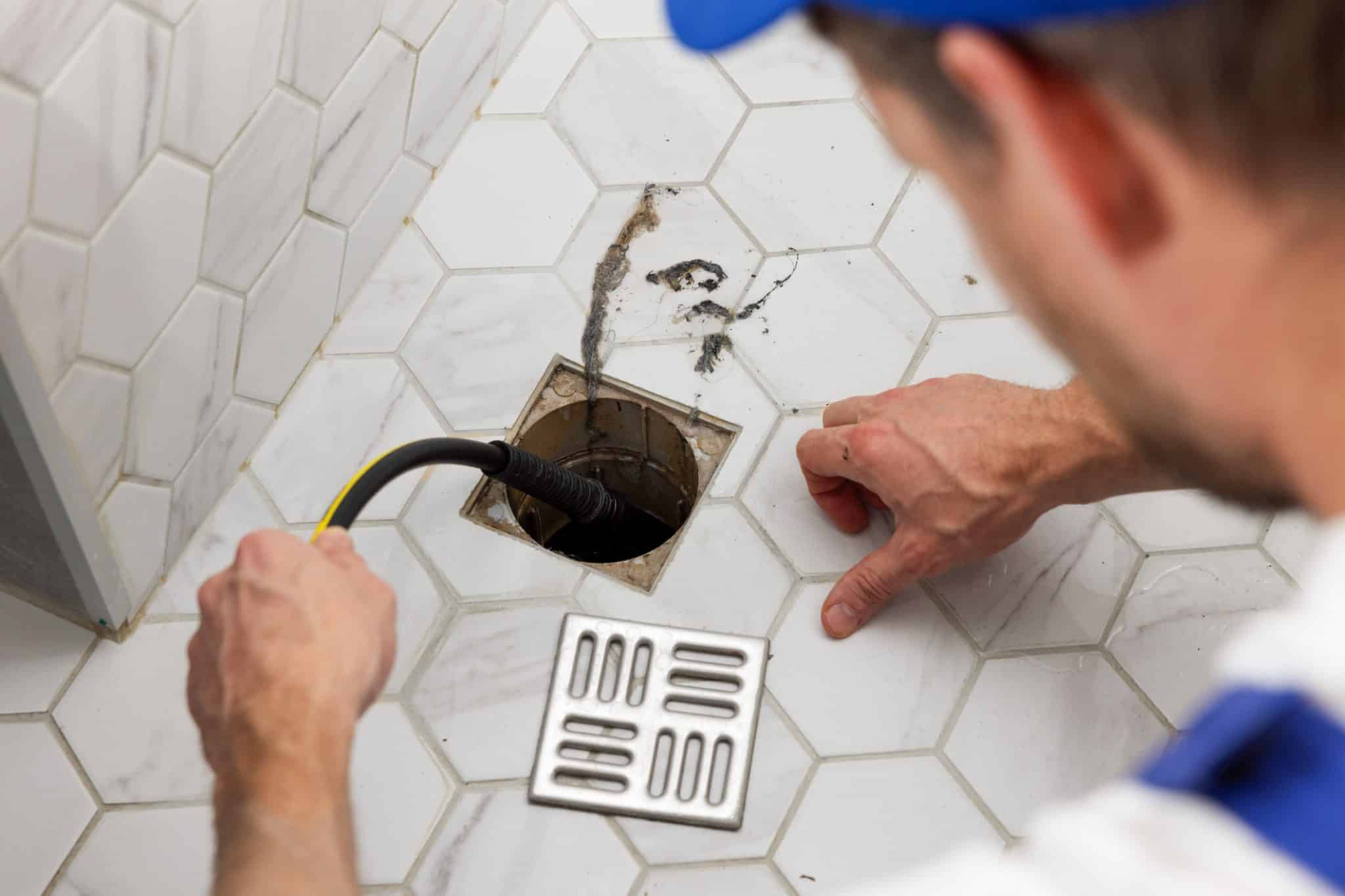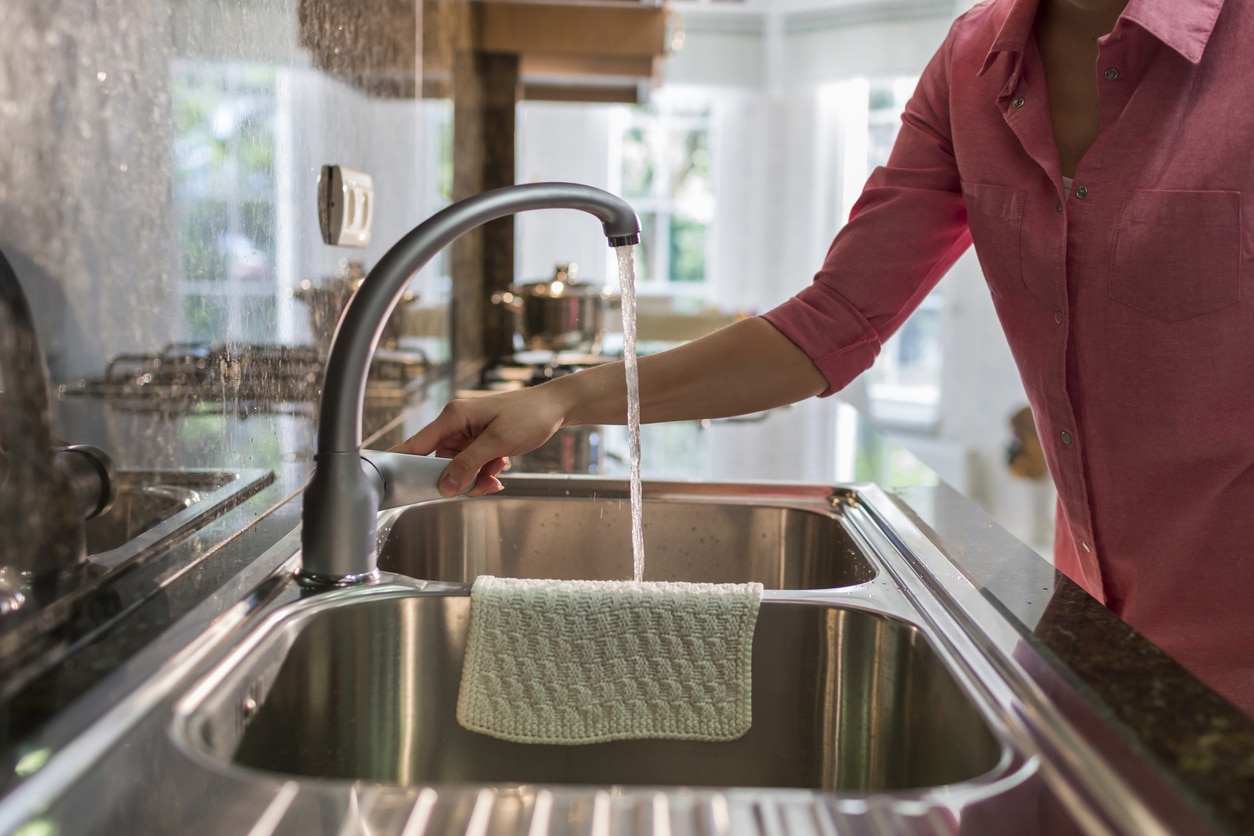 Your pipes are like the veins of your home, sending water to wherever you need it at a moment’s notice. You may not always see your pipes, but you use them every day. One of the most critical tasks you may face is repiping your house if the plumbing system you’ve been using is at the end of its lifespan.
Your pipes are like the veins of your home, sending water to wherever you need it at a moment’s notice. You may not always see your pipes, but you use them every day. One of the most critical tasks you may face is repiping your house if the plumbing system you’ve been using is at the end of its lifespan.
Repiping involves replacing the entire plumbing system within your home, from the main water supply line to the individual fixtures and appliances. This process can seem daunting, but it’s necessary to ensure the longevity and efficiency of your home’s plumbing. Today, the repiping experts at Bob Larson Plumbing will walk you through the basics of repiping a home and what you should expect during the process.
Signs That Your House Needs Repiping
Recognizing the signs that your house needs repiping is the first step in addressing this task. Some common indicators include:
- Frequent leaks or water damage
- Discolored or rusty water
- Outdated or deteriorating plumbing materials, such as galvanized steel or polybutylene pipes
If you’ve noticed any of these issues, it may be time to consider repiping your home.
The Importance of Repiping a House
Repiping a house is not just for aesthetics; it’s an essential investment in the long-term health and functionality of your home’s plumbing system. By replacing outdated or damaged pipes, you can:
- Prevent costly water damage and leaks
- Improve water quality
- Increase the energy efficiency of your home
- Enhance the overall value of your property
Neglecting to repipe your home can lead to a host of problems, including burst pipes, mold growth, and even structural damage. Addressing this issue proactively can save you time, money, and headaches in the long run.
Factors to Consider Before Repiping a House
Before beginning a repiping project, consider the following factors:
Type of Plumbing Material: Modern plumbing systems typically use copper, PEX (cross-linked polyethylene), or stainless steel pipes, each with its own advantages and disadvantages.
Accessibility of Pipes: The layout and accessibility of your home’s plumbing system will impact the complexity and cost of the repiping process.
Existing Conditions: Any pre-existing damage or issues with your home’s structure or walls will need to be addressed during the repiping process.
Permits and Regulations: Depending on your location, you may need to obtain permits and follow local building codes and regulations throughout the repiping project.
Understanding the condition of your home and plumbing will help you make informed decisions and prepare for a successful repiping experience.
How Long Does it Take to Repipe a House?
The timeline for repiping a house can vary depending on the size of the home, the complexity of the existing plumbing system, and the accessibility of the pipes. On average, a full-house repiping project takes 3 to 10 days to complete. However, larger homes or more complex plumbing layouts may require additional time.
Work closely with a trusted plumbing contractor to establish a realistic timeline and plan for any potential disruptions to your daily routine during the repiping process.
Understanding the Repiping Process
The repiping process typically involves the following steps:
- Inspection and Assessment: Your plumber will thoroughly inspect your home’s plumbing system to identify the extent of the work required and develop a detailed plan.
- Pipe Removal: The old, outdated pipes will be carefully removed, often requiring the demolition of walls, floors, or ceilings to access the plumbing.
- New Pipe Installation: The new pipes will be carefully installed throughout your home, following local building codes and regulations.
- Reconnection and Testing: Once the new pipes are in place, your plumber will reconnect them to your home’s water supply and fixtures and test the system for leaks and proper functionality.
This comprehensive process ensures that your new plumbing system is installed correctly and ready for years of reliable service.
Does Homeowner’s Insurance Cover Repiping?
In most cases, standard homeowners insurance policies do not cover the cost of repiping a house. Repiping is generally considered a maintenance or upgrade task, and the associated costs are the homeowner’s responsibility.
However, there are some exceptions where your homeowner’s insurance may provide coverage for repiping, such as:
- Damage from leaks or burst pipes
- Sudden and accidental damage
It’s important to review your homeowner’s insurance policy carefully and consult with your insurance provider to understand the specific coverage and limitations related to repiping your home.
Hiring a Professional for Repiping a House in Tacoma
Repiping a home is a complicated and important task, so working with a reputable and experienced plumbing contractor is critical. Bob Larson Plumbing is a trusted name in the Tacoma area, offering comprehensive repiping services to homeowners.
Our team of skilled plumbers can guide you through the repiping process, ensuring a seamless and stress-free experience. Contact us today to schedule a consultation and take the first step towards a reliable, modern plumbing system for your home.
Bob Larson Plumbing in Tacoma, WA: Repiping With Pride
Contact Bob Larson Plumbing today to request expert repiping services in Tacoma, WA. Our skilled plumbers are equipped to handle repiping projects with unparalleled efficiency and pride. Whether you’re dealing with aging pipes, water quality issues, or simply seeking an upgrade, trust our team to provide a comprehensive and reliable solution.
Don’t let plumbing concerns disrupt your daily life – schedule a visit from our expert plumbers and invest in the longevity and efficiency of your home’s water supply. Contact us today online or by calling (253) 215-8911 to schedule a consultation and take the first step toward reliable plumbing for your Tacoma home.


